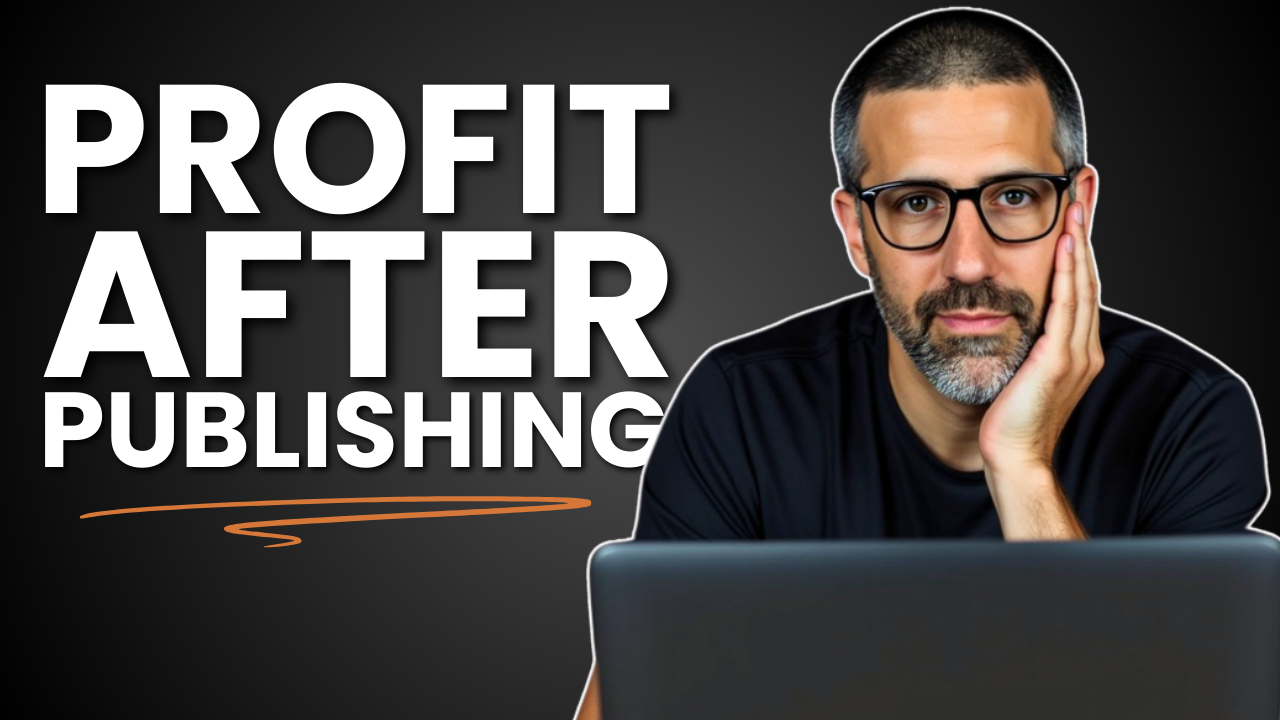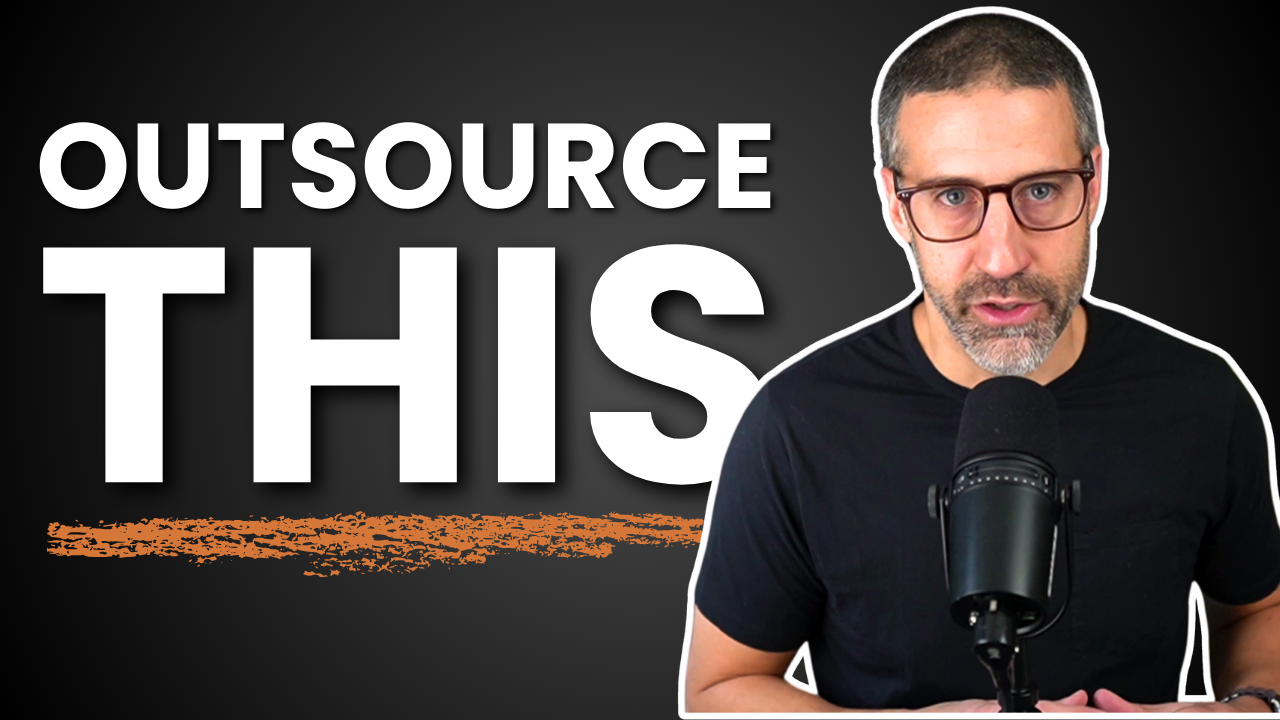How To Segment Prospects
Let’s talk about segmenting your prospects.
Now, you’re probably capturing your leads online, on a number of different channels.
Maybe you have your own Facebook group…
Maybe people are subscribing to your podcasts or YouTube channel…
Maybe you have lead magnets like webinars or case study funnels…
Hopefully, you have something that captures those leads because we want to be moving those leads to a sales conversation.
We want to start thinking about segmenting because not everybody is going to be a good fit for you.
You want to be thinking about who you should be getting on the phone with…
Who should you be elevating to a conversation where you try to sell more of a high ticket program or service?
Transcript / MP3
What’s good everybody. It’s your boy Greg Hickman, and in this episode, we’re going to talk about a simple way to segment your prospects. Let’s dive in.
Okay, so today we’re going to talk about a way for you to think about segmenting your prospects.
Now you’re probably capturing your leads online, on a number of different channels.
Maybe you have your own Facebook group…
Maybe people are subscribing to your podcasts or YouTube channel…
Maybe you have lead magnets like webinars or case study funnels…
Hopefully, you have something that captures those leads because we want to be moving those leads to a sales conversation.
So if you haven’t watched the episode on building out your primary sales funnel, you should check out that episode as well as building out your secondary sales funnel.
But from a segmentation perspective of who should we be getting on the phone with, who should we be elevating to a conversation where we try to sell more of our high tickets programs and services or who should we be filtering out and too kind of into a more hands off experience where we are maybe selling them a course or giving them some other free resource because they might not be ready for one of our papers.
We want to start thinking about how we’re segmenting, right? Because not everybody is going to be, uh, a good fit for you. And so what I want to do is jump onto my iPad. And um, for those of you listening only, uh, I’ll kind of talk through this a little bit. So you can follow along. So picture a box that is divided into a grid nine boxes. Well, we have one large box, nine nine boxes, uh, and starting at the top left. Well number that box one, and we’ll go across one, two, three or uh, six, seven, eight, nine. So that box number one is in the top left and box number nine is in the bottom. Are you with me? All right, cool. So now on the MMM, the vertical axis axes, right? We’re going to look at that as quality. And row number one we’ll say is high quality. Row A, row two is medium quality, and road three is local, right? We have our vertical access, which is quality. Um, from top down we go high, medium, low, and our horizontal, um, axes is urgency, right? How quickly are they going to, and so, um, on the far right, we would have now like they’re hot to party there. I’d be buying then in the middle, we have soon and then he left later. So we have a simple segmentation grid and let me shrink the window or aisle.
All right? So simple segmentation. We got the grid, uh, nine boxes left. Axis is quality. Um, the our, sorry, whore. The vertical axis is quality. I’m starting at high, going down in the low and then the horizontal to write is urgent later. All right. And when we look at this, um, and I actually learned this from one of my past mentors talking more, um, broke this down for me and he talked about this from a perspective of when it comes to segmenting to keep it simple. Let’s think about the leads that we want to have a more hands on, high touch, personal experience with because they’re going to be more likely to invest in our higher the programs. And then there’s going to be the leads that are not qualified for that, that we would like to be a little more automated or a hands off.
Not that we’re not taking care of them, but um, we’re communicating with them more through systems, um, and then maybe even possibly down selling them into some lower ticket items if we have them. Otherwise, just some the content, right? Because I think the goal here is we really don’t want to be spending a lot of time on prospects that are low quality and aren’t planning on investing a later. Right. And so as you script the bottom left area of the grid is where you want to kind of be more automated and hands off and start elevating to a more hands on high touch conversation as we move up towards the grid. Uh, took to the top right of the, so if we look at this, let’s pull out the red marker and let’s look at kind of the WHO’s should be in the Rick. This might be a larger group than you would expect, but basically what I’m doing here is taking out my red marker and almost all of box one is filled in box four, a half of box five, seven, eight and a half of a box nine.
So pretty much anyone that is high quality, even someone that’s high quality but has no plan on investing later until later, like we don’t want to be having them in a hands on conversation. Just like, um, if someone is low quality and they want to buy now, um, now, but more on the cusp of like soon to now, we don’t want to be having that conversation with them either. Right? So, um, then we sort of have like this middle territory where a, we’ll call it like the yellows that kind of starts at like the middle of box too and kind of curves down, um, through diagonally, through like the middle of box six. And that’s kind of our, our warmer clients, medium value or medium quality clients and you know, kind of warmer and the urgency side of right. And then we have green category, which really high quality that are ready to buy.
Like, so, uh, you have this graph where there’s a lot of red, a little bit of yellow in a much smaller section of green, but the green is like the way top right corner, right box number three, a part of box number six. Um, these are higher quality leads that are, um, more in the now territory when it comes to urgent or solving that problem. So really anyone in kind of this red and even parts of the yellow is we want to really have kind of an automated or systemized system that is more hands off, right?
A systematic way to filter and segment people. And if they’re in kind of this red or yellow category, you’re probably going to be giving them content that is, you know, low ticket possibly, um, like maybe less than 1500 bucks. You can probably sell through a chat conversation or a sales page. This could be, you know, so anything less than 1500, um, thus possibly like course single training, maybe ticket low ticket event, uh, and or free content, right? Like, Hey, I can’t help you but you should check out my free stuff. Like that’s the sort of content that we are serving to the people that whether they’re high quality or low quality and, or someone who’s probably not going to be investing in a solution right now. That’s how we’re going to be communicated with them. But as we get up to that green territory, this is where we want to be hands on, right?
This is hands on, this is high touch and much more personal, right? This is where we’re having conversations and you’re going to sell your higher ticket stuff. That is probably, you know, the twoK and up price point, right? All the way up to your high ticket masterminds or whatever. Some people charge $100,000 a year for me. And I was like, if you’re charging somewhere between five and 10 K or 25 and 100 grand a year, you’re probably gonna need to have a personalized conversation. So your primary and secondary sales funnel needs to be segmenting that are high quality and obviously looking to invest in their problems sooner rather than later. And those people should have more of a hands on high touch, personalized experience. So when you look at this graph, really it’s, you need to have kind of two pathway, the pathway for the people that you should be hands on with and the pathway for the people that should be a little bit more systematic and automated.
Now remember, in our world, automated does not necessarily mean autopilot or fully automated to the point where there’s no human interaction. It just means you the owner are not doing it right. So automated in my opinion is as long as the owner is not doing it, it’s automated because I can go away and the thing will still happen. So to me it’s automated, right? So and that’s how I think you need to be thinking as owner and CEO. Um, automated is not just about like automation, technology, people, systems and processes come into that. So you have really two things that now you’re segmenting the hands on high touch or not high time, boom, simple segmentation to pathways. And then you get to start looking at what are your assets and what are your offerings and which of those offerings would need to be bucketed into, I need to be able to be hands on high touch and personal to sell it and or maybe I don’t need to be.
So hands on high touch and personal and it can be delivered more through a sales page or a chat commerce emails. Right. That would be a kind of in this bottom left, a portion of our sigma simple segmentation. If you’re an agency owner or a service provider and you want to transition out of doing, done for you services and finally launched your own high ticket coaching or consulting programs, then we’d love to help. We’ve put together a program where we will hold your hand and walking step by step to the exact same process that we’ve used and hundreds of our clients have used now to develop and transition their agency services into their own leveraged scalable business model where they package up their expertise and can work one to many instead of one to one. If you want to learn how we can help you visit my scalable business.com for more.

Greg Hickman
CEO & Lead Mentor
Related Articles
GET PAID FOR YOUR THINKING, NOT YOUR TIME.
Learn The Exact System That Allows You To Do Work You Care About In A Way That Doesn’t Consume You.


